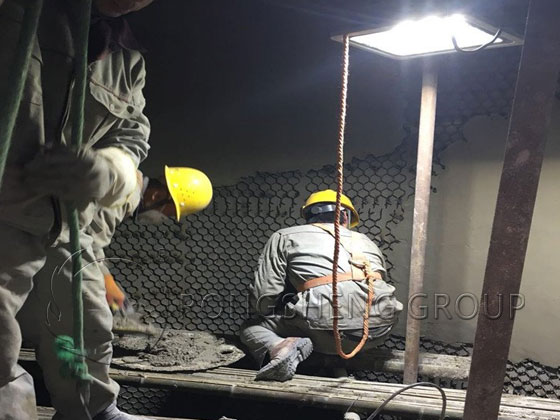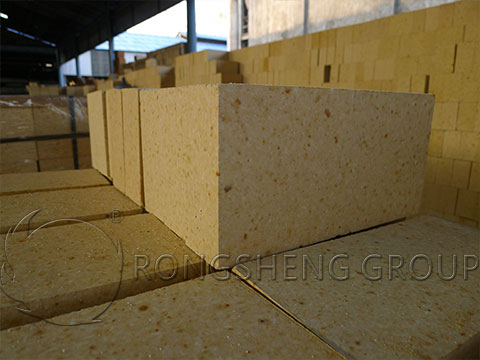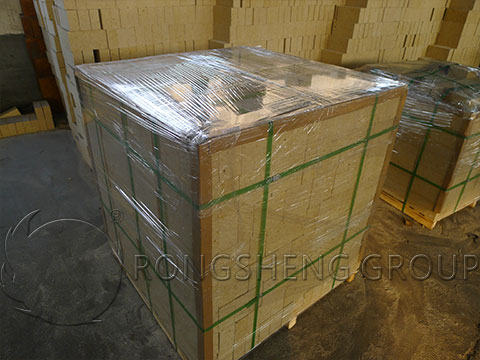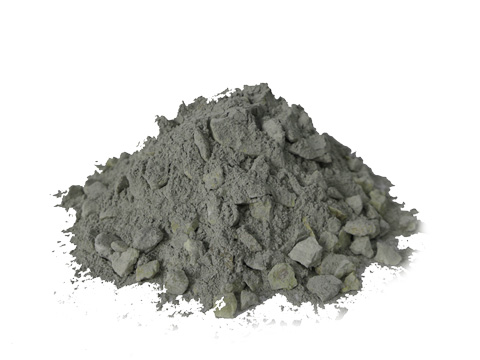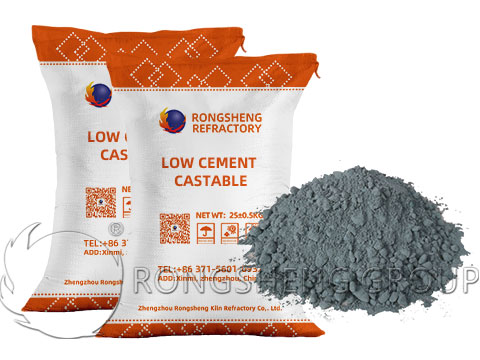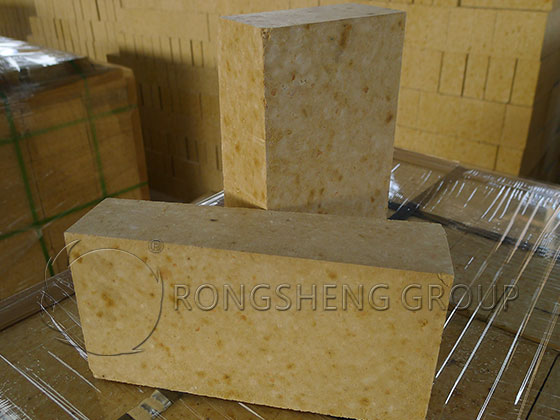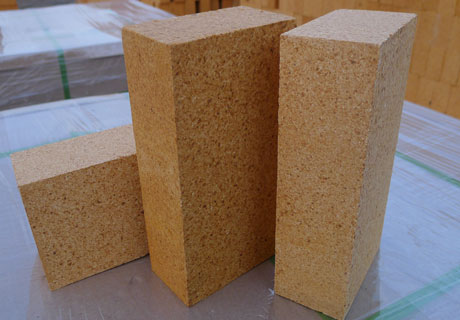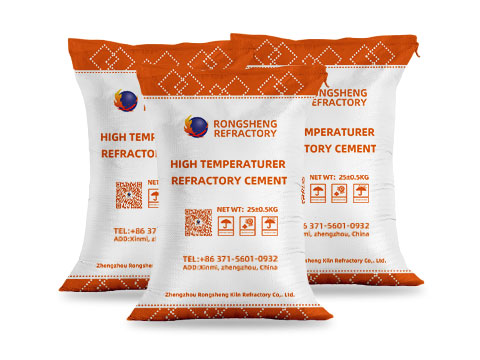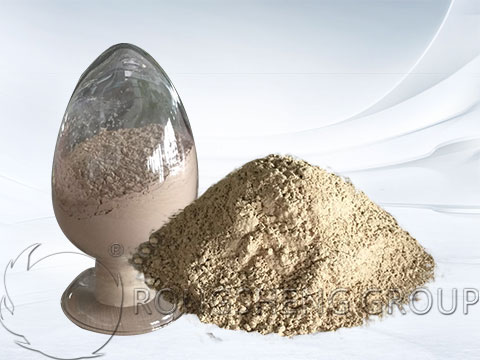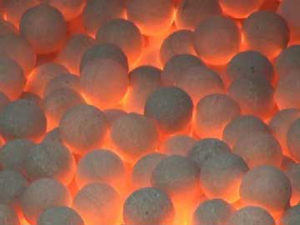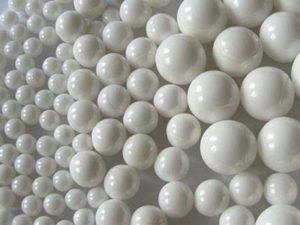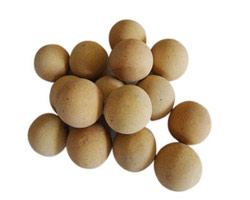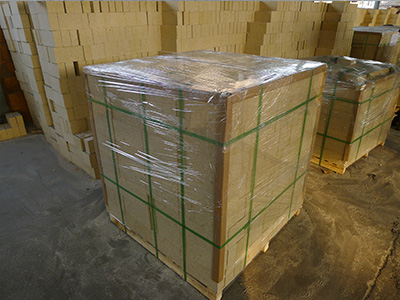Mullite refractory castable is generally a kind of medium and low-temperature thermal insulation refractory material configured by using mullite aggregate as raw material. It is generally used in petrochemical industry tubular heating furnaces, light diesel oil, ethane cracking furnace linings, atmospheric and vacuum furnaces, sulfur recovery units, and steam boilers. Tortoiseshell net heat insulation layer, two tanks, and pipe heat insulation single layer. Other industrial furnace doors, fire viewing holes, the lining of observation hole doors, etc.
Mullite castable is a refractory castable made of high-quality porous mullite aggregate as raw material, plus fine powder and additives. The critical particle size of mullite aggregate is 12mm, and the long-term use temperature is 1350 degrees. The advantage of mullite refractory castable is that its refractory temperature is higher than other thermal insulation castables, and it can directly contact the flame and be directly used as the lining of the kiln.
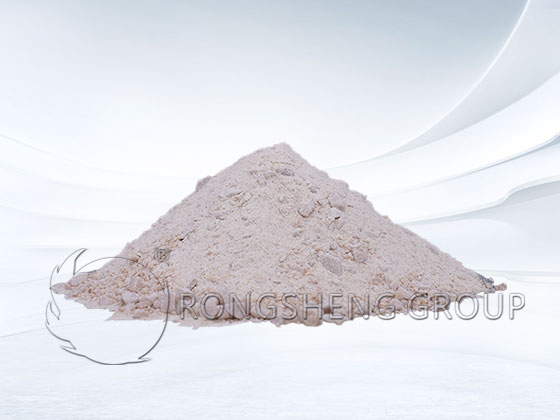
The Formula of Mullite Refractory Castable
The type and quality of aggregate have a significant impact on a series of properties of lightweight castables, such as bulk density, strength, heat insulation, maximum service temperature, etc. The aggregate is artificially synthesized from selected natural raw materials at a high temperature of 1680°C. The mullite reaction of the aggregate is good, the main crystal phase reaches more than 70%, and the composition is uniform and stable. The mullite crystals are needle-like interlaced to form a network structure, which is very beneficial to the strength and high-temperature index of lightweight castables.
In order to meet the high-temperature environment, the cement adopts pure calcium aluminate cement with Al2O3 content greater than 75%, and the micro powder is mainly mullite micro powder and aluminum micro powder. Adding a proper amount of silicon micro powder and dispersant can reduce the amount of castable water and improve fluidity. A variety of micro-powder composite addition methods can ensure the construction and use performance of lightweight castables.
In view of the high water absorption rate of the lightweight aggregate itself, the line shrinkage after burning is relatively large, which is likely to cause shrinkage cracks in the entire masonry. While selecting a variety of fine powders to improve the performance, a part of aluminum-containing fine powder and high-quality kyanite imported from the United States are appropriately added. Promote the continuous expansion of castables in high-temperature use, and ensure the volume stability of lightweight castables at different temperatures.
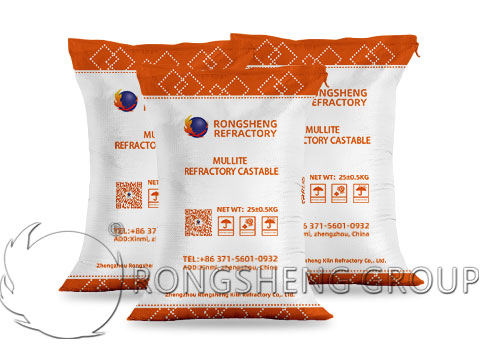
Lightweight Mullite Castable’s Performance
①Applicable to the working lining or thermal insulation lining of various flame furnaces and other industrial kilns to achieve high temperature and energy saving.
② High strength, small unit density. Used as industrial kiln roof, wall, door, and other parts. Compared with ordinary low-cement castables, the structural weight is reduced by more than 30%. Eliminate hidden dangers such as broken bricks and collapses.
③Using high-quality porous mullite as aggregate, combined with various micro-powders and dispersants, it has low thermal conductivity and a good heat preservation effect. Compared with ordinary castables, the heat loss of the kiln can be reduced by 25% to 35%, and the fuel can be saved by about 10%.
④The construction is simple, and it can be poured as a whole on-site. It can also be combined and installed with prefabricated parts of any shape.
There is also a corundum mullite refractory castable. The corundum mullite castable is a refractory castable made of corundum as aggregate and powder plus some binders. It has higher mechanical strength and abrasion resistance than high alumina refractory castables and mullite refractory castables, but its thermal shock resistance is slightly worse. It is mainly used as the lining material of boilers, blast furnaces hot blast stoves, heating furnaces, ceramic kilns, and other kilns.
The difference between corundum mullite refractory castable and mullite refractory castable is that. One is refractory and wear-resistant (corundum mullite refractory castable). One is thermal insulation (mullite insulation castable). And their prices are also different. The price of corundum mullite refractory castable is generally around 4000~6000 per ton. The price of mullite refractory castable is much lower, about 3000~4000 per ton.
Rongsheng Global Refractory Factory is a refractory castable manufacturer with rich experience in the production and sales of refractory castables. Our fully automatic, environmentally friendly monolithic refractory castable production line has an annual output of tons. Provide high-quality refractory and wear-resistant linings and thermal insulation refractory linings for various high-temperature industrial furnaces. We can customize refractory lining solutions for you according to your production needs. Contact us for a free quote.

